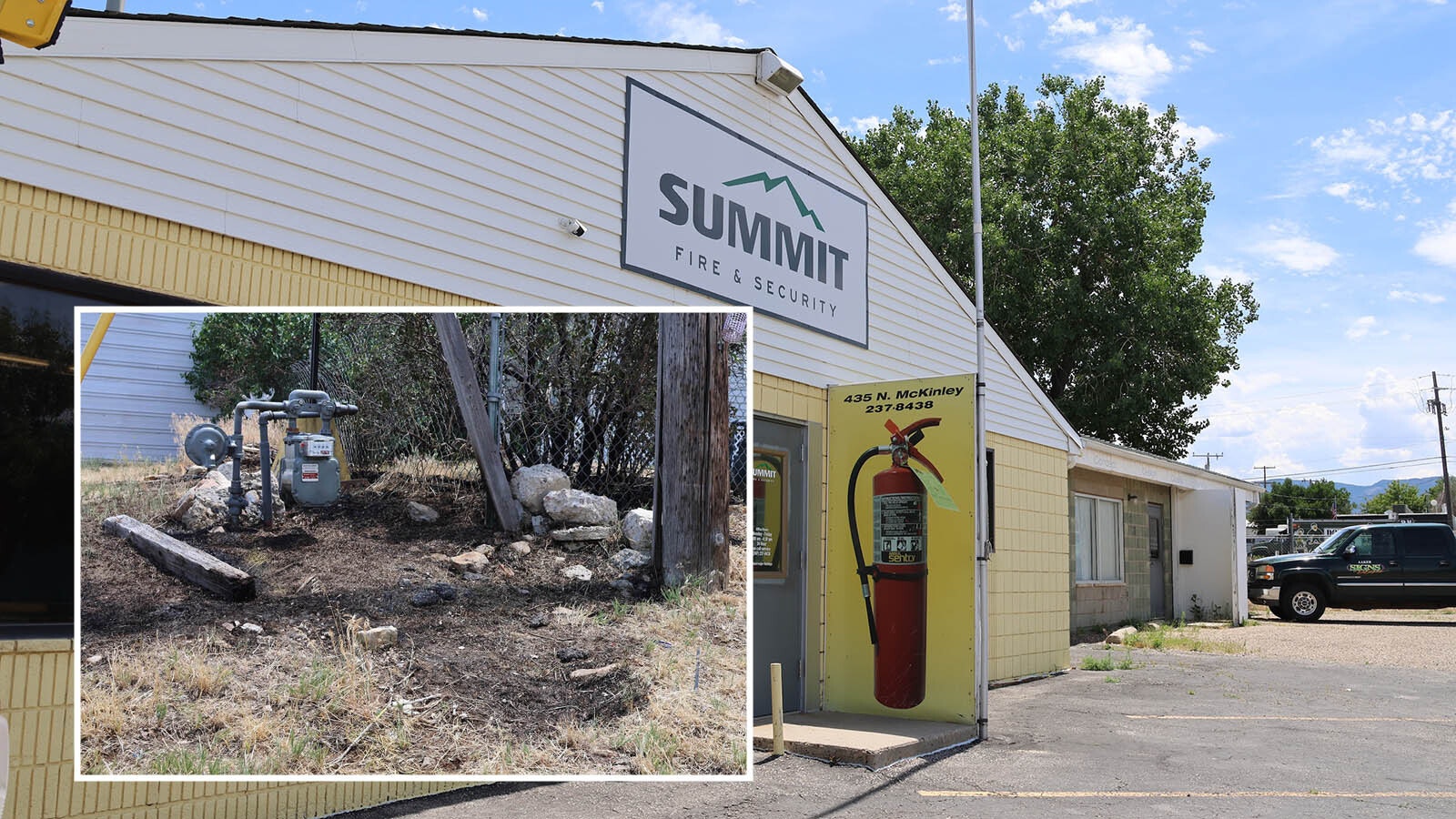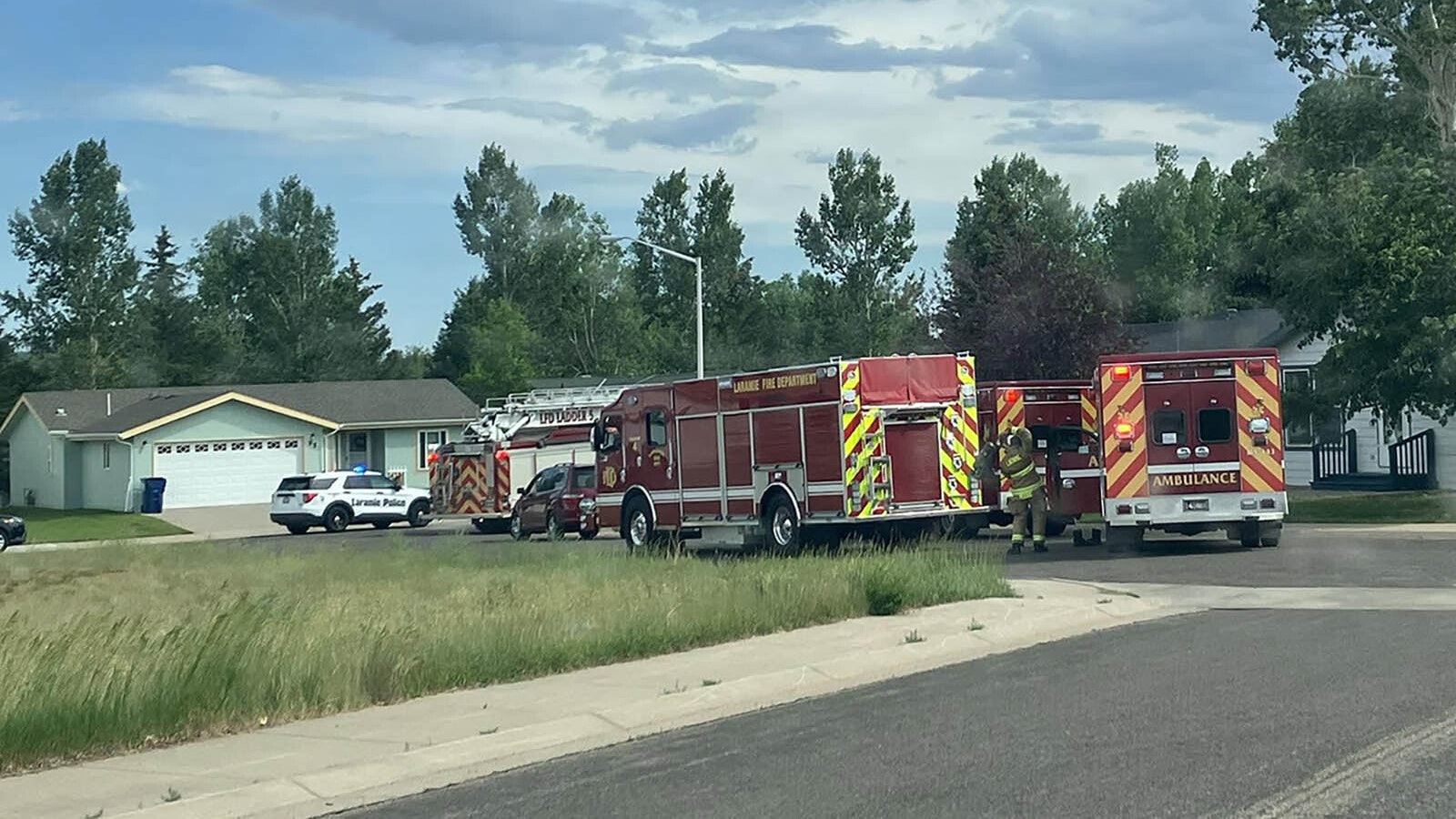A Nantucket man who was killed in a car accident on Interstate 80 two weeks ago was a pivotal part of the movie chronicling the landmark 1969 Woodstock concert in upstate New York.
Charles Cirigliano, 79, was on his way to Sparks, Nevada when he lost control of his Ford Transit van near Quealy Dome, Wyoming.
“He was traveling with his worldly possessions to move into a place with me and start a new chapter living out west,” his son Jediah Cirigliano Seidman told Cowboy State Daily.
Dale Bell, the associate producer of the seminal documentary “Woodstock,” said Cirigliano had traveled cross country many times in his decades-long career as an art director and set designer in Hollywood and New York.
Electricity And Glue
Bell hired Cirigliano in 1969 to work on the film as a production assistant. Shortly thereafter, Bell said he realized how important of a hire it was.
“Charlie was the absolute electricity and glue that held all of us together,” Bell said . “He was so incredibly artistic and had all of the technical skills, electrical skills and mechanical skills to make the film work.”
As Cirigliano said in Bell’s 2019 book on Woodstock, working on the film was something he desperately wanted.
“I heard about the Woodstock concert mid-summer and I knew that it would be large,” Cirigliano said. “There was so much happening at the time: the war, the moon and now this. I had to go.”
After Bell hired him, his job duties were specifically spelled-out.
“Fix anything mechanical that breaks, get anything the editors request and give the editors no creative input,” Cirigliano recalled.
A Different Hollywood
Bell said Hollywood was quite different 50 years ago where things we take for granted now because of technology were more difficult to deal with then.
Like film. In 1969, film was all physical. And the shoot — between Aug. 14 and 18 — took 365,000 feet of film.
Then they had to edit it. And there was only one person who had the keys to the editing equipment: Charlie.
“These machines guaranteed my tenure on this project,” he said. “I learned the mechanics of them inside and out.”
“Literally, they were all mine; well, me and Wolfgang, the world head of KEM (the company that created the editing equipment),” he said in the book. “With Wolfgang at my ear on the phone, guiding me from West Germany, only I was allowed to open the beast, the automaton with three heads that consumed film.”
Part of Cirigliano’s job was to make sure the film was not consumed.
Time Crunch
There was a time-crunch to get the documentary finished, Bell said. As a result, they had to edit nonstop.
“I had created a schedule to collapse time by creating three, eight-hour, ’round-the-clock shifts in the editing room because there was limited space and limited gear,” Bell said. “Everybody was absolutely on top of each other.”
When Cirigliano wasn’t overseeing the process to keep the machines running, he was given a second job. He was put in charge of the film’s titles, although he grew into that job.
Make The Alphabet
He was asked first to make a “W” to go along with the famed “dove on a guitar” logo. They liked his font, so they asked him to make the word “Woodstock” in the same font. They liked that too.
Then they asked him to create the entire alphabet of that font to create all the titles in the movie. Again, in 1969, far different from today. That was a big time-consuming job.
“Now the work began,” he recalled. It took him eight full days with little to no sleep – and no one oversaw it. They trusted him.
“Well, those titles were first viewed sight-unseen at the premier to rousing applause,” he said. “That was filmmaking!”
A Wild Six Months
And during the time Cirigliano worked on the film, he experienced a lot.
“I remember walking down this long, long hallway, and John Wayne himself comes walking toward me, approaching for a long, long time; when we finally meet up to pass each other he says, ‘Hiya, Hippie!'” he said.
Cirigliano also recalled smoking hash from Jim Morrison’s eagle-clawed pipe and viewing the rough cut of The Who’s performance with Keith Moon, John Entwhistle and Roger Daltrey as they watched it for the first time.
“It was a wild six months,” he said.
Dear, Sweet Guy
Bell said Cirigliano was so important to the documentary that he had to include him in his Woodstock book.
“He was such a dear, sweet guy,” Bell said. “Camaraderie had to be his middle name.”
“What a sense of humor, tremendous willingness to work, and his talent and mechanical abilities were the absolute best,” he said.
A Man of Many Talents
Cirigliano’s son Jediah said he had many talents outside of his career in show business.
“He was an inventor, a master carpenter, and had two patents to his name,” Jediah said.
In fact, Charles went into business on his own in 2005 and founded The Original Nantucket Bagg Co. based on his patent for a reversible and convertible tool tote, the Nantucket Diddy Bagg.
Jediah said there were “thousands of Charlie-isms.”
“One of them was, ‘you have to be your own man before you can be somebody else’s man,'” Jediah said.





